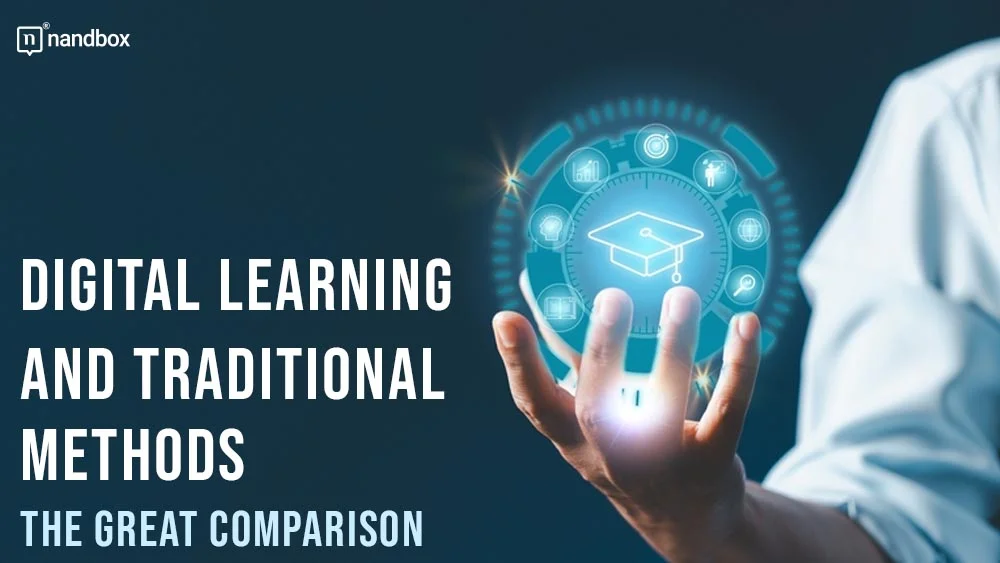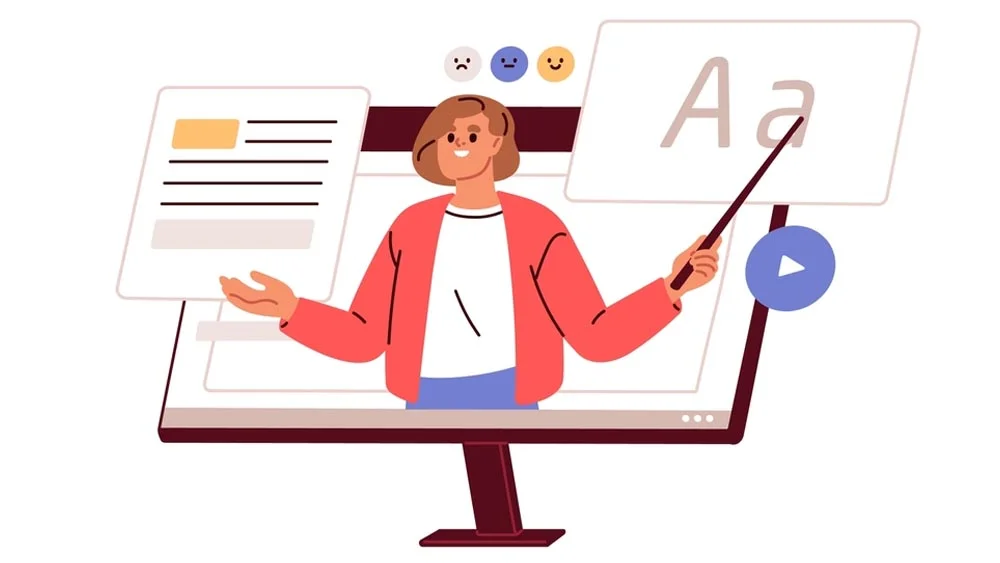The debate between digital learning and traditional methods has been ongoing for years. As technology advances, more and more students and teachers turn to digital platforms for education. Still, others remain loyal to the good ol’ fashioned methods of in-person classrooms, textbooks, and face-to-face learning. But which style of learning is best for students? Let’s take a look at the pros and cons of each method.
The Appeal of Digital Learning
The popularity of digital learning has skyrocketed, especially during the past decade. Laptops, tablets, and smartphones are now commonly available, and students can learn anywhere. This makes the concept of learning different, but is it really becoming better?
Advantages of Digital Learning
Flexibility
Digital learning enables students to study at their own pace. Whether they are fast learners or need more time to understand a topic, online education allows them to take control of their schedule. This is especially good for students with jobs, extracurricular activities, or other commitments.
Access to Resources
With e-learning, the internet is your library. It contains virtually limitless information, tools, resources, and more – including powerful AI math solvers that can break down complex equations step-by-step. You can also rely on an AI homework helper to get instant explanations and support across various subjects, making studying more efficient and accessible. The days of waiting in line to check out the limited textbooks from the library are over—you have access to everything you could ever need online. You can even get the best in essay writing in just a couple of hours. The internet has indeed revolutionized how we learn.
Interactivity and Engagement
Many digital platforms and apps make learning more interactive by making it fun with quizzes, video lessons, games, etc. This eliminates the monotony of conventional classrooms.
Cost Efficiency
Online learning is cheaper for students. You don’t have to buy textbooks, and you don’t have to travel to attend class. Online courses are also typically less expensive than in-person classes.
Customizable Learning Environment
One of the benefits of digital learning is that students can study remotely anywhere. Some prefer to study in their bedroom, others in a coffee shop, some in the library, and finally, some in their place of work. Learning in a place where one feels comfortable actually improves an individual’s focus and productivity.
The Benefits of Traditional Methods
Face-to-Face Interaction
With a teacher in the room, you get feedback immediately, which can make a huge difference. You can actually discuss things and ask questions. You also have the social element of learning.
Structured Environment
A classroom also offers students structure that aids their academic performance and well-being. Some students depend on attending school every day, sitting in lectures, completing assignments, and interacting with each other to stay on track and be productive.
Less Distraction
The convenience of online learning can be a disadvantage for those who like to learn because it provides many distractions, such as emails, notifications, and endless entertainment on social media. In the classroom, students are more likely to pay attention to the lesson and focus on what they’re doing without the distractions that come from digital noise.
Hands-On Learning
For subjects that involve practice, the experience of working with the materials is pretty much irreplaceable.
Accountability
Classroom presence, with others waiting for you, creates more accountability than digital learning can. The motivation of having your teacher and classmates expect you to show up and complete work on time is hard to replicate in a digital learning environment.
What Do Students Really Prefer?
Overall, there is no one preferred way of learning. Many students do well in a digital learning environment, but others do not. It depends on the student’s learning style, schedule, and personal needs. Some people are visual learners, others are auditory, kinesthetic, or reading/writing-based. To understand what method suits you best, it can help to explore the 4 types of learners and how each thrives in different environments.
But still, it is possible to mix both approaches. Some schools and universities are now providing blended learning for their students. This means they can still use online resources but have access to face-to-face teacher interaction.
Finding a Balance: Hybrid Learning
For most learners, the best approach is a mixture of both. Hybrid learning offers the flexibility of digital learning, the benefits of physical interaction, and traditional teaching structure. This type of education is becoming more popular, especially at the university level, because it strikes a balance for learners who prefer both online and in-class learning approaches.
Which Method is Right for You?
Digital learning and traditional methods both have their advantages and disadvantages. However, what matters the most is what each individual student finds the most convenient and conducive. Some students like to learn from the screen, while others need to get their education in the structured environment of a classroom. It depends on the lifestyle and learning style of the student. If you realize that you need both, hybrid learning could be your best option. The main thing is to stay motivated and engaged and find the learning environment that best suits you. Good luck!




